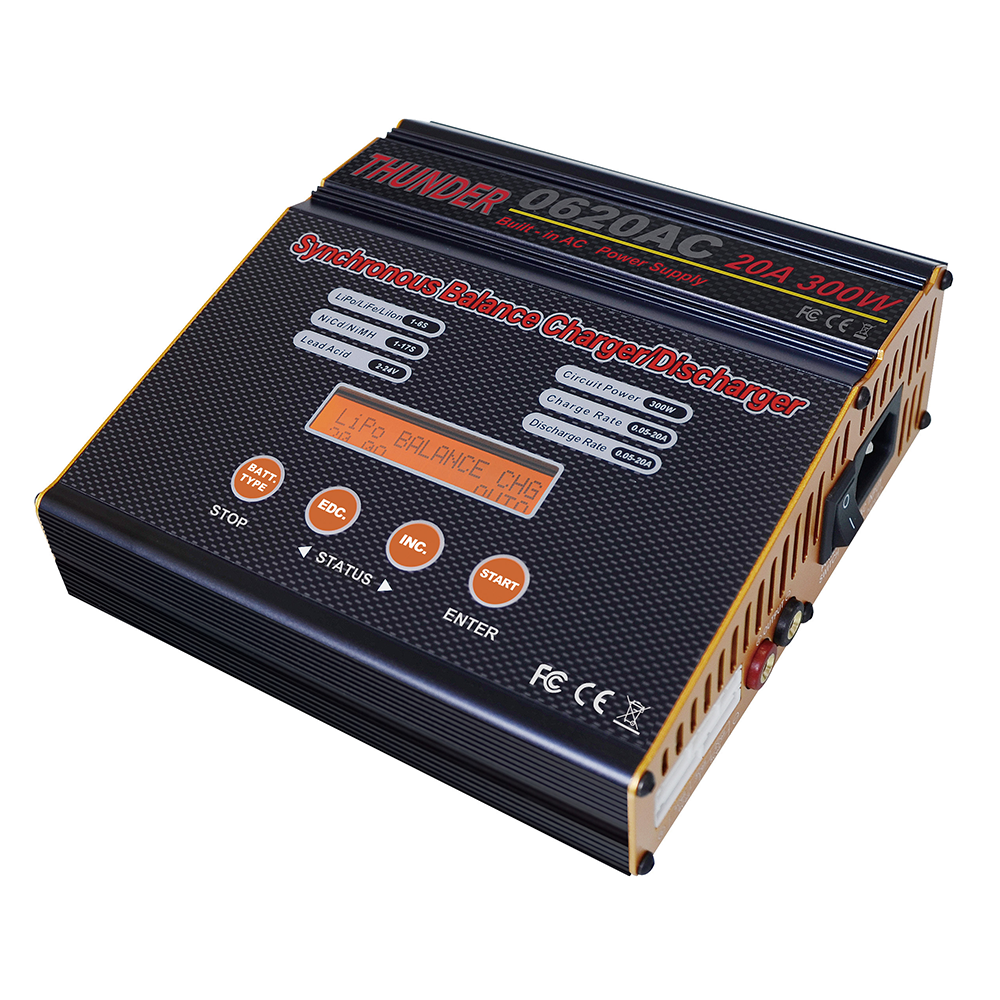
.jpg)
I can't really do it that way though, because my cells would be a total witch to physically separate. I like it because physically removing the cells from the pack would help to avoid mistakes (i'm a spatial/visual thinker, which is a big part of why electricity is not my strong suit. I'm not sure i'm qualified to critique.but what you describe makes sense to me. If I had a large expensive FLA battery I would be monitoring the individual cell voltages and SOC to make sure that the battery was getting charged and equalised properly.Īs for battery cost, if you look at the cost of each kWh cycled through the battery, the battery size needed, charging requirements, battery efficiency and maintenance I think you will find that LFP batteries are cheaper. I would say the same goes for FLA batteries. The cost of a BMS need not be a very large percentage of the total battery cost and can make the battery immune to mistakes and faults and prolong its life. I'm really glad i didn't start out with LFP! For my money, FLA is still (at this point in history) a better choice if space or weight aren't important. The first set of batteries in my rig were el cheapo golf cart batteries, which i did my best with, but they bore the brunt of most of my 'learning opportunities' - for years. I'm talking about my application here, not mission-critical stuff. Bomber enough that for the money, "battery management" outside of adequate charge control, maintenance, and a basic LVD doesn't seem worth spending extra on.

Can you see any flaws in my logic?įor me it's not so much an issue of "complexity", just that the consequences for making a mistake are more extreme. This would have to be done with care and I would always be monitoring the individual cell voltages of the main battery and the cells under test. Charge the main input battery up to 3.6V/cell and then reinstall the last cells back into the battery.Carry out step 3 for each of the remaining cells.Discharge the main input battery by 10% to take it down to ~ 90%SOC.Remove the last cells and replace the rest of the battery.Repeat this procedure until your input battery is down to single cells in series. Remove the second set of four cells and repeat steps 2 and 3 on these cells.Make sure all the parameters are setup in the Setup menu, especially the max input battery voltage for regenerative discharge and minimum input battery voltage for charging. The discharge/charge cycle can be done in one step using the Cycle function of the Reaktor. Discharge each removed cell to say 2.5V in turn, recharge it to say 3.6V, note how much charge was needed.Where each cell has been removed place a nut and bolt through the interconnect straps to restore the battery connections. Remove one cell from each of the parallel groups.Take the whole battery down to around 50% SOC and set the charge controller bulk and float to 3.35V/cell which will keep the battery around 50% even with external loads.Here is the outline of the procedure I might use. If I was going to test all my cells individually I would use my pack while it is still in use. I guess i'm just simple i feel like taking the pack off-line and testing cell-by-cell is the most straightforward approach (if not the most savvy), with the fewest opportunities to make a mistake.I agree that either using an external battery or a dump load gives you the fewest opportunities to make a mistake. But that sounds like a lot of mucking around with interconnects and bus bars.i'll consider it. If i were trying to keep the house battery on-line during all this, then i suppose i could pull 4 cells at a time out, regen them back into the pack to test, then recharge and swap for the next 4 cells. Latronics 4kW Inverter, homemade MPPT controller Off grid 24V system, 6x190W Solar Panels, 32x90ah Winston LiFeYPO4 batteries installed April 2013īMS - Homemade Battery logger /simat/BatteryMonitor/wiki IMO the whole issue of balancing/rebalancing and battery management can be far simpler for LFP batteries than FLA batteries. I am just monitoring the capacity of the overall pack during normal operation and using this to see how much capacity is lost over time. You don't have to test the cells individually, you could test them as four groups of 5P or if you want to accurately keep track of the capacity loss of the battery just test one cell as a reference and only retest that cell as the battery ages. Still, it grants us a LOT of flexibility and that's worth spending serious time baby-sitting the cells in order to measure and re-balance the pack before re-commissioning the rig.

If this weren't an RV, i would have stuck with FLA.But it wasn't doable with the space/weight capacity we have.


 0 kommentar(er)
0 kommentar(er)
